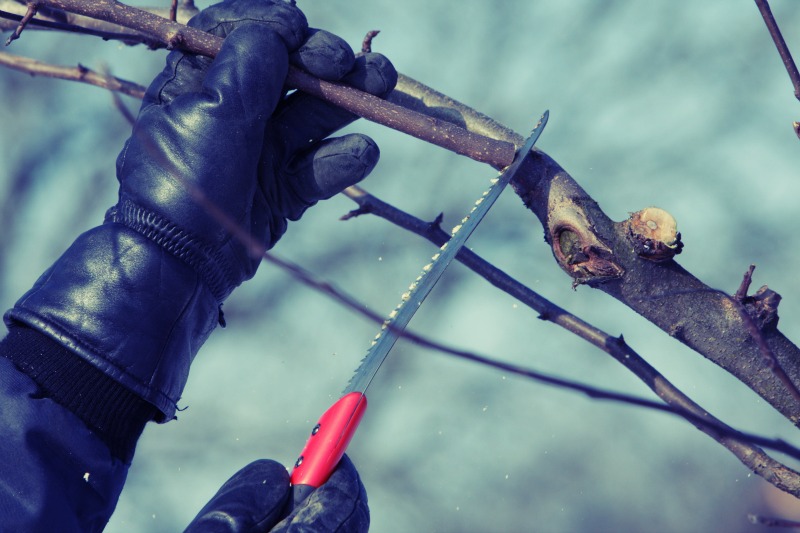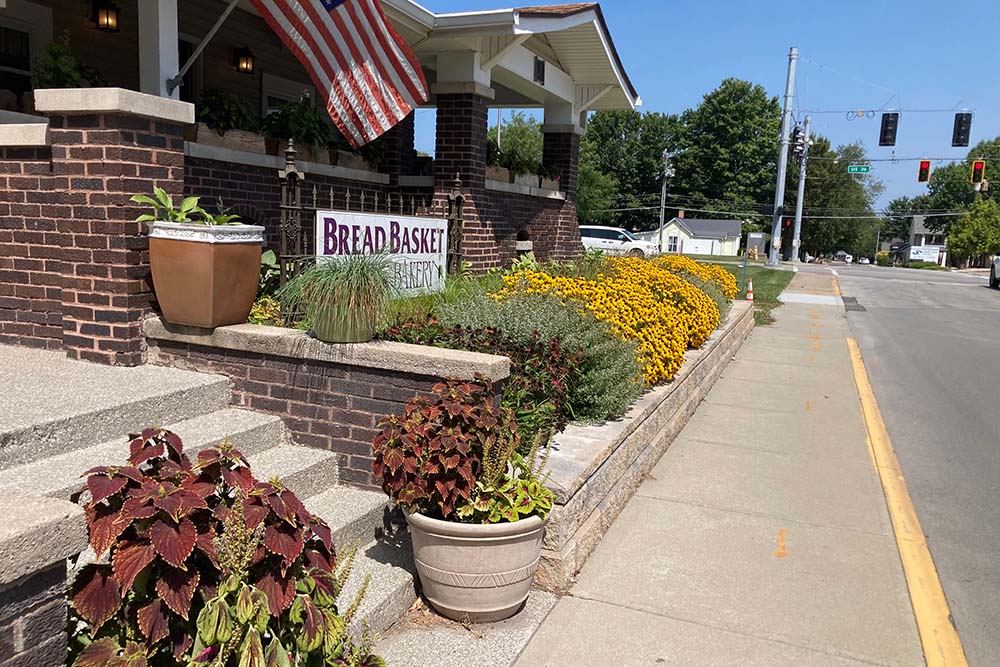We’ve given pruning tips before, but did you know the warm months are not the only time to prune? During winter plants are dormant, and their sap tends to be more stagnant, making the colder months an opportune time to prune many trees and shrubs. The shape of a tree is clearly seen when it has no leaves, making it easier to prune.
How to Be Pruning
Before you start, have an idea in mind of what you are trying to achieve. This will help prevent an oops moment. Once a branch is off, reattaching it is practically impossible. While you are pruning, take time to step back and look over your work once in a while. When in doubt, take off less rather than more.
Most pruning should promote a natural growing habit; there is a reason plants grow the way they do. Trees and shrubs with naturally low branches should not be limbed up (cutting off all lower branches). Tall plants should not be topped (slicing off a tree’s branches for uniform shape, not recommended at any time), and plants that are not meant to be sheared should not be sheared. In Indiana the most common plants that can be sheared are boxwood, yew and barberry. If your plants are not one of those three you should either not shear them or ask a landscape professional. Shearing is fast and easy but looks terrible on most plants and in the long run does more damage than good. This method of pruning is really only tolerated by a handful of flora. The real goal of pruning is that when you are done, people ask if you did anything.
What to Be Pruning
Prune only deciduous trees; evergreen trees never go to sleep and pruning them when it is cold can lead to frost burn. Some plants also should not be pruned late in the season, such as ones that flower on old wood. If you are concerned about accidentally pruning off spring blooms, consult a professional.
Make sure to cut out dead or sick branches, water sprouts (upright shoots that grow on branches) and suckers (upright growths at the bottom of a tree). These growths will never add anything to a tree and will only waste its energy and resources and will most likely weaken it long term. Cut the branch back to a bud or node. Do not leave a few inches sticking out at the end of a branch. It will only die back to the bud or node anyways and invite disease and insect harboring.
Questions about winter pruning? Send us an email or give us a call at (317) 997-4803.






